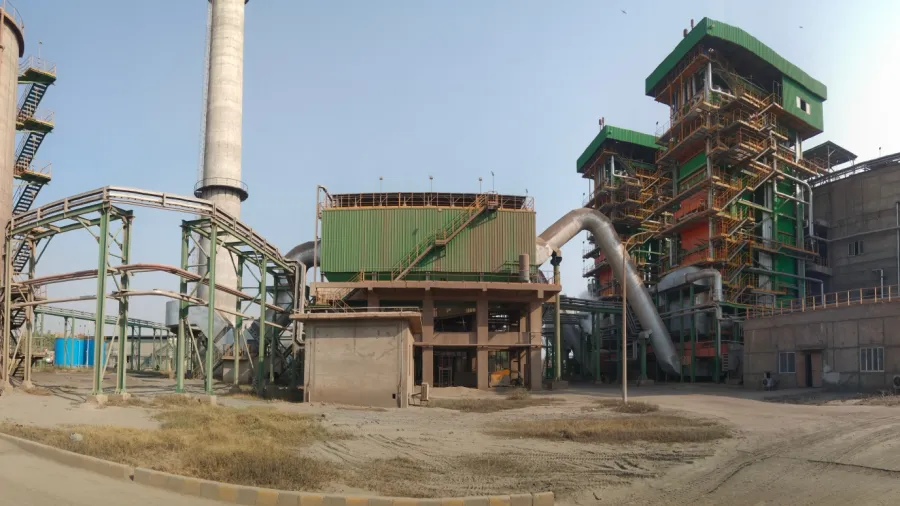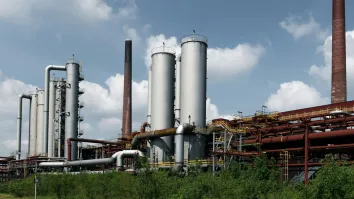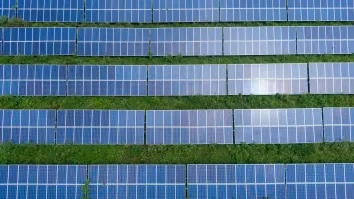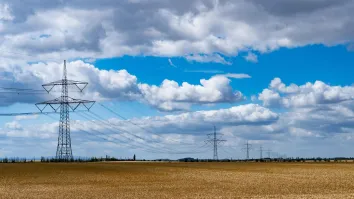
How Pakistan could retire thermal plants early in an economical way
It identified three power plants for early retirement through an Energy Transition Mechanism.
Pakistans could shut down their midlife thermal power plants early, particularly liquified natural gas or diesel plants in a “financially prudent way,” backed by an Energy Transition Mechanism (ETM) led by the Asian Development Bank.
In a report, the Institute for Energy Economics and Financial Analysis (IEEFA) identified the three medium-sized, middle-aged LNG or diesel-based plants owned by Halmore Power Generation, Saif Power Limited and Sapphire Electric Company for early retirement under an ETM.
These plants could offer incentives to governments, plant owners, and investors whilst reducing their carbon dioxide emissions were shut down.
“Through the ETM, Pakistan has an opportunity to stay ahead of the curve if it is prepared to phase out certain fossil fuel assets which are an economic burden on the country,” says Energy Finance Analyst Haneea Isaad, who co-authored the research report with Grant Hauber, Strategic Energy Finance Advisor, Asia.
ALSO READ: Pakistan's energy and economic woes intensify as blackouts reveal deep-rooted issues
The ETM is one way to speed up the retirement of fossil-fueled power generation. It prioritises developing countries with high carbon footprints and lacks resources to switch to low-carbon energy.
This could be pursued through the blending of private-sector capital with long-term loans or other financing forms, or through the creation of opportunities for sustainability-oriented private investors to fund low-cost projects.
Hauber, meanwhile, said the mechanism faced challenges in countries to identify willing partners, but Pakistan could strike a balance amongst asset owners, ETM investors, lenders and the government “to reach a more sustainable, cleaner, cost-effective future.”
IEEFA said the identified power plants have almost reached the midpoint of their contracted power purchase agreement, meaning an immediate retirement would cap the price around $47m to $51m each on their valuation.
However, if these plants were allowed to operate for a few more years, and close down in the last 10 years of their lifetime would reduce the valuation to around $17.5m to $16.8m per plant.
This could also avoid around 10 to 18 million tonnes of carbon dioxide emissions.



















 Advertise
Advertise







